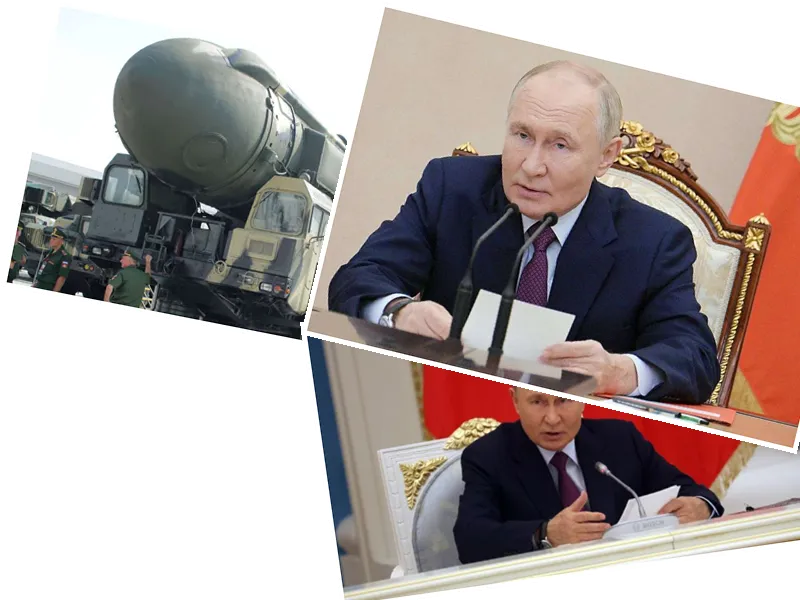In a significant escalation of the ongoing conflict between Ukraine and Russia, the Ukrainian armed forces have successfully hindered Russia's ability to transport damaged warships back to the crucial naval repair base in Sevastopol. This strategic move comes in the wake of recent attacks on Sevastopol by Ukrainian missiles and drones, marking a pivotal moment in the Black Sea theater of operations. The spokesperson for the Ukrainian Navy, Dmytro Pletenchuk, reported that the Russian fleet has been facing a repair backlog since August 20, which has allowed Ukraine to intensify its attacks on Moscow's naval assets.
Further complicating Russia's naval situation, satellite imagery revealed a life-sized dummy submarine at the Sevastopol naval base, potentially as a decoy following claims by Ukraine that a real submarine of the same type had been sunk. The logistical challenges for Russia are mounting, as moving damaged ships to other bases, such as Novorossiysk, is deemed 'logistically not feasible' due to prior Ukrainian strikes.
As an alternative, Russia might utilize the port of Ochamchire in Georgia, which has been under Russian occupation since the 2008 war. This port could serve as a refuge for Russian warships, protecting them from Ukrainian attacks. In parallel, the Ukrainian Navy has reported a significant reduction in the operational capacity of the Russian Black Sea Fleet, claiming that a third of its forces have been disabled due to sustained attacks.
In related developments, Russian President Vladimir Putin has raised alarms about a potential nuclear threat from Ukraine, claiming an attempted attack on the Kursk nuclear power plant. The International Atomic Energy Agency (IAEA) has been alerted, with plans for a visit to assess the situation. However, the IAEA has not confirmed any such attack, emphasizing the need for restraint to prevent a nuclear catastrophe amid the ongoing hostilities.
- The ongoing conflict has seen Ukraine seize over 1,150 square kilometers of territory in the Kursk region, intensifying fears of a nuclear disaster as fighting escalates near sensitive sites. The IAEA has repeatedly highlighted the risks associated with military actions near nuclear facilities, particularly the Zaporizhia power station, which has been a focal point of contention between the two nations.
- As the situation evolves, both sides continue to engage in a war of narratives, with accusations flying regarding attacks on civilian infrastructure and military assets. The international community remains watchful, urging both sides to prioritize safety and avoid actions that could lead to catastrophic outcomes.






